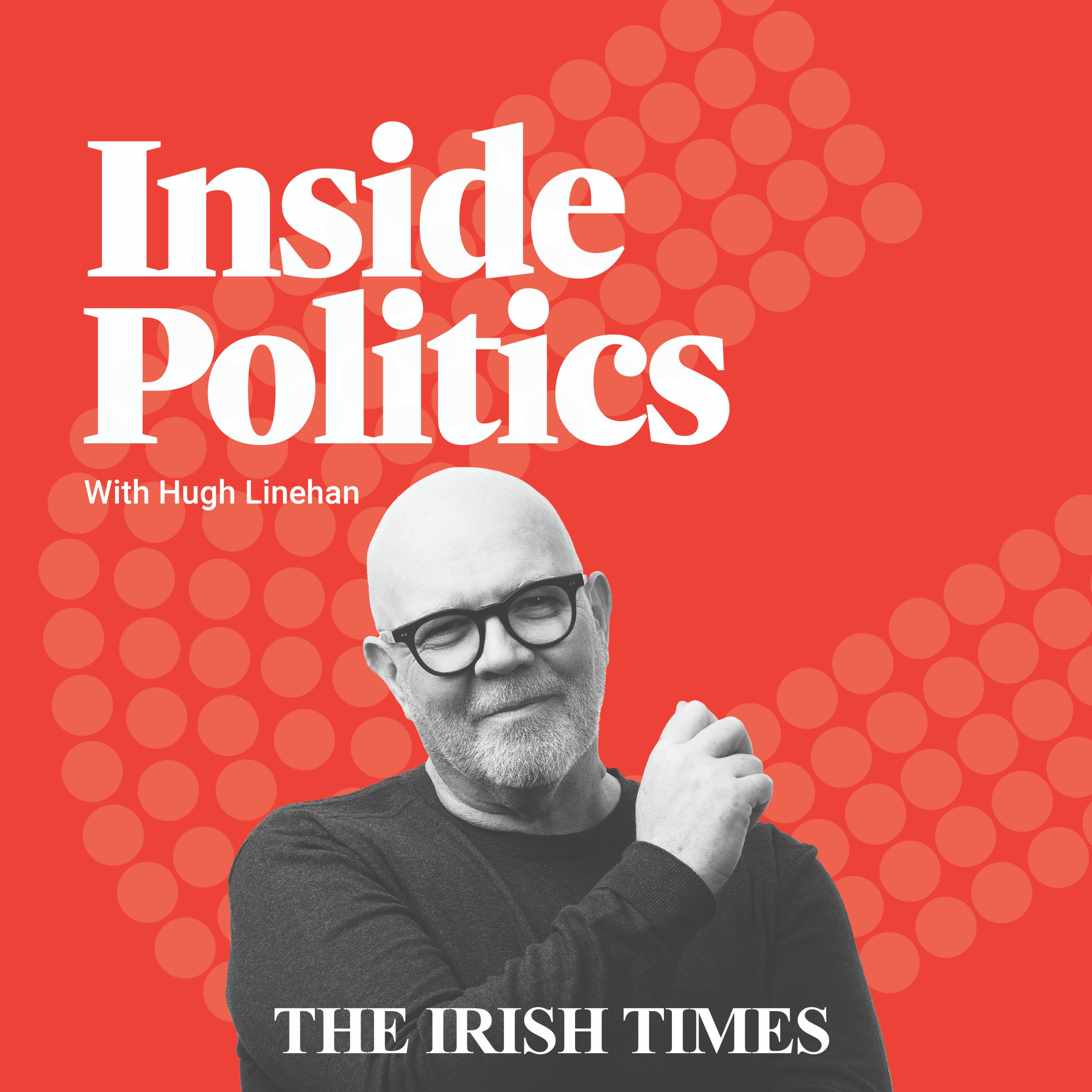With all the manifestoes now published, the battle of the election promises — and whether they can be afforded and delivered — is well and truly on. So how should voters assess the overall packages for the public finances which have been put before them by the three big parties?
1. The backdrop
A key reason why we have seen so many election promises is that the Department of Finance forecasts for the public finances are relatively optimistic, albeit with serious health warnings attached. This leaves room for manoeuvre. The parties have used these forecasts as the basis for their plans, taken the optimism and — to varying degrees — downplayed the risk.
The department has already pencilled in spending increases over the next five years, with expenditure in 2030 due to be more than €30 billion above 2025 levels. That gives a fair bit of room for manoeuvre. Add in €14 billion in Apple receipts, extra taxes raised in some areas and some other expected revenue increases and the manifestoes, in general, are shuffling totals of well over €50 billion.
The parties can allocate additional cash to three broad areas: current or day-to-day spending; capital or investment expenditure; and tax reductions.
READ MORE
2. Day-to-day spending
Fine Gael has costed its new commitments in the area of current spending — health, welfare, education and so on — at €9 billion. This is a lower level than the other two big parties and it has faced some questioning concerning the adequacy of its allocations for health and also, separately, for the €15 billion put aside for maintaining the existing level of services and pay rises, a bill which the Irish Fiscal Advisory Council has put at more than €22 billion.
[ Has Fingal County Council found a solution to Ireland’s housing crisis?Opens in new window ]
It has committed to keeping the budget in significant surplus and contributing to the two funds set up for the future as a buffer in case trouble hits. Fianna Fáil costs its new promises on current spending at around €15 billion, slightly higher than Sinn Féin and well above Fine Gael.

Election Daily: Why did Fine Gael select John McGahon?
All three parties have a generous list of new commitments on day-to-day spending, built on the “good times” continuing in terms of tax revenue.
3. Taxation
There are clearer differences in terms of taxation. Fine Gael has a net tax package (cuts minus increases) of €6 billion over the five years, with measures such as an increase in the income level at which people enter the higher tax rate aimed squarely at its middle-earner base. Fianna Fáil promises a smaller tax package of €3 billion aimed largely at combating the impact of inflation on income tax — the political message here is that its main focus is spending. Interestingly, the Labour Party also includes indexation of the income tax system in its sums, in a generally cautious budgetary programme.
Sinn Féin’s tax plan is different. It has a net figure of just under €3 billion, close to Fianna Fáil. But it has very significant increases and decreases built in to come to the net figures. Its headline measure is to abolish the universal social charge on earnings up to €45,000 over several budgets, as well as abolishing the local property tax. On the revenue-raising side, it would hit higher earners hard via income tax and capital tax measures. This is clearly a “Robin Hood” package.
4. Capital spending
Buoyed by the Apple receipts, the parties promised billions extra in capital spending. The two big parties in the current Government pledged about €20 billion in additional investment spending to approved housing bodies. Sinn Féin’s figures are much higher, promising a rise close to €32 billion in exchequer-voted capital spending, and more in expenditure that doesn’t require a Dáil vote. It affords this by targeting smaller budget surpluses — as low as €1 billion in 2027 — and only committing to pay any budget surpluses into the funds for the future, rather than the set amounts noted in legislation and committed to by the other two big parties.
5. The bottom line
So all three of the main parties have a different focus, but Sinn Féin stands out first for its tax package but more notably for the plan to boost investment spending, specifically on housing. For all the parties, delivery on investment plans would be an issue, given the length of time planning takes and the shortage of key employees in areas of construction in an economy close to full employment. The more that is spent upfront, the higher the risk of not getting value for money.
And then there are the well-known risks to corporate tax revenues. A real issue for the parties is how they would deal with this and what parts of their programme would be lost if the resources available were less than expected. None have been clear on this. The Sinn Féin plan leaves significantly less room for manoeuvre, but the programmes of all three big parties would be hit hard by a reversal in corporation tax receipts.
- Sign up for push alerts and have the best news, analysis and comment delivered directly to your phone
- Join The Irish Times on WhatsApp and stay up to date
- Listen to our Inside Politics podcast for the best political chat and analysis
- Sign up to our Inside Politics newsletter to get the behind-the-scenes take direct to your inbox











